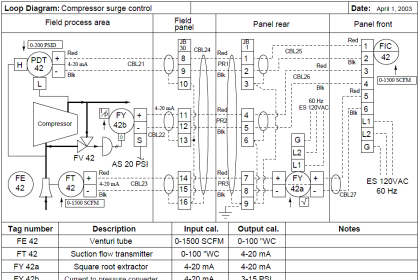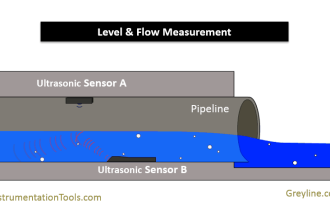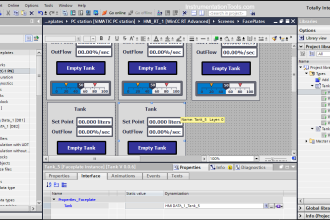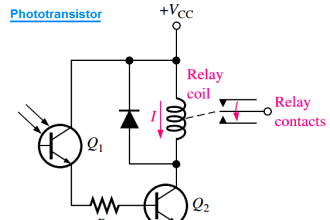In this post, we will see the concept of a shielded twisted pair cable.
Shielded twisted pair cable is a widely used type of cable in telephone and LAN connections for domestic, commercial, and industrial purposes.
In a shielded twisted pair cable, an outer layer of shield surrounds the twisted pair cable inside. This protects the cable from electromagnetic noise and interference.
Shielded Twisted Pair Cable
As you can see in the below image, on the left-hand side, there are 8 wires in the cable; with 4 pairs of colored wires each. Each pair has its own shield layer outside it, called a pair shield.
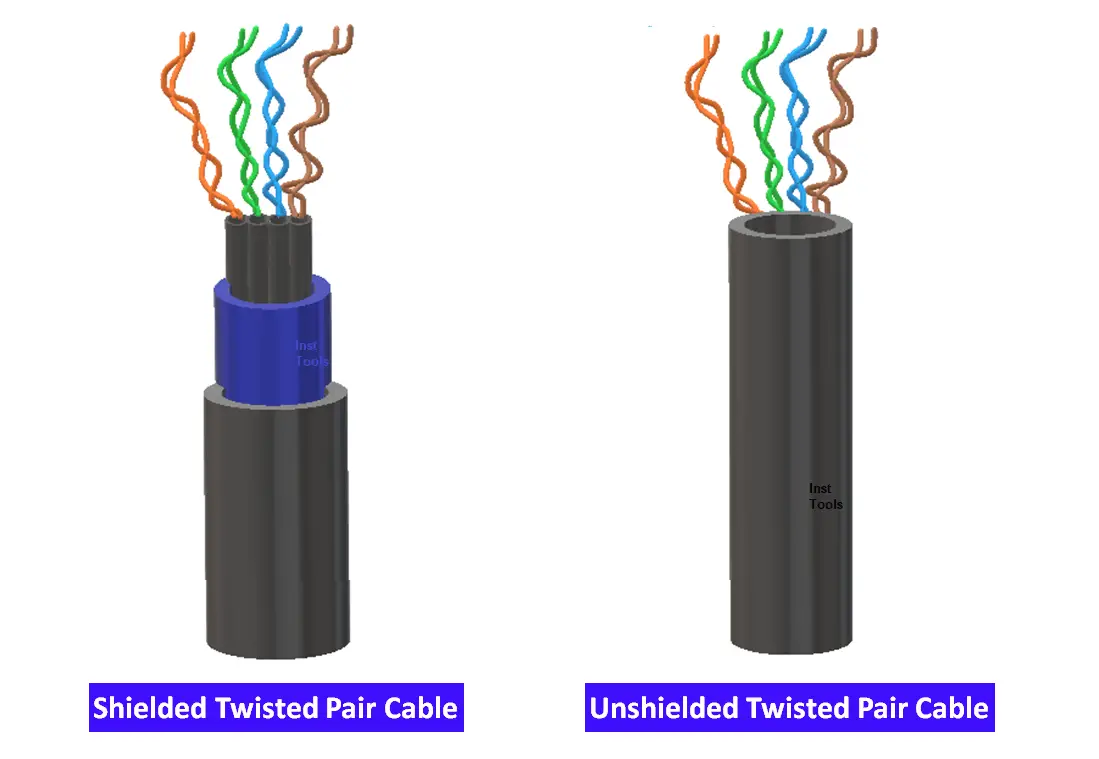
Then, all these cable pairs are bunched together and covered by an overall outer layer shield. This shield is then enclosed by the main jacket wire. Such a cable is called a shielded twisted pair cable.
In the right-hand side image, there are 4 pairs of wires too. But, they are not enclosed by the shield. It is just in a twisted form. This is called an unshielded twisted pair cable.
Shielded versus Unshielded Cables
So, as you can see, the main difference in both the cables is the availability of a shield. It is an extra layer that protects the internal conductor wires from noise and disturbance.
It is a very important factor when choosing a wire because such interferences affect the overall performance of the cable and distorts signal performance; which changes the behavior of the electrical signal being conducted in the wire.
It will not bring accuracy in the output and such disturbances are harmful to communication purposes.
Common Factors between Shielded and Unshielded Cables
In both the cables, one common factor is the twist. Twist nullifies the electromagnetic noise and crosstalk affecting the conduction, by way of sinusoidal waveform type twist shape.
Straight cables do not tend to fight the noise due to their physical shape. So, the twist is the primary criterion for reducing the noise effect. But, to further enhance noise reduction and increase overall performance, a shielded layer adds more muscle to it.
The shield is connected to the ground earth to nullify the electromagnetic noise. The noise is dissipated in the ground as the shield carries the noise from the cable to the earth.
This cable uses RS-449, RJ-45, RS-232, and RJ-11 connectors for connecting to the respective port. It has higher data transmission rates across longer distances. This is one of the main advantages of a shielded twisted pair cable.
Advantages of Shielded Twisted Pair Cable
One of the most standard protocols which use this cable is Ethernet; as it provides high-speed data transmission with efficient noise reduction.
This cable is best suitable for high noise and disturbance areas.
Disadvantages of Shielded Twisted Pair Cable
Though it has some disadvantages like cost, complex installation, is thicker and less flexible in diameter, and a high rate of attenuation, it is still widely preferred due to its high performance.


